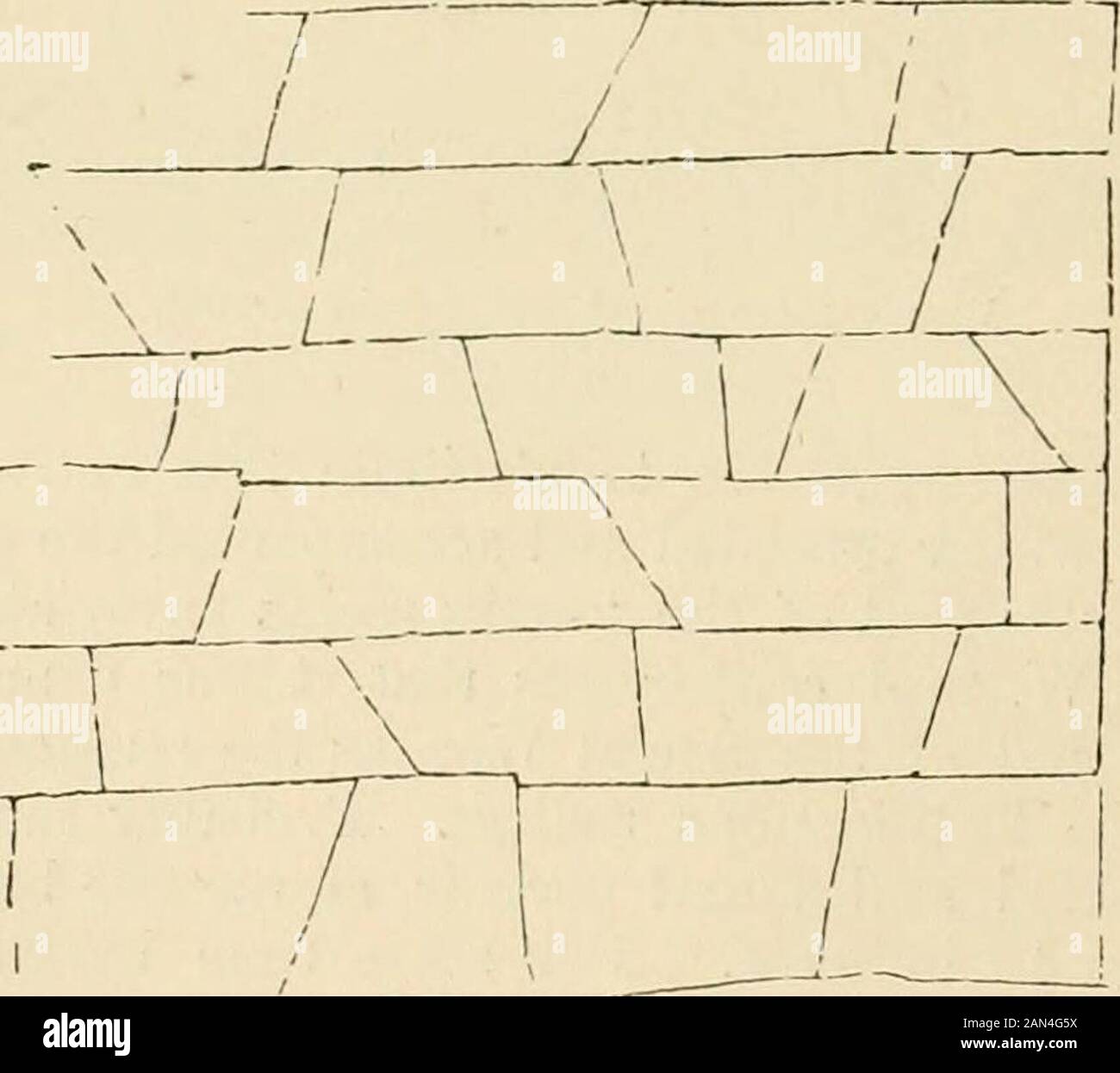Pompeii, its history, buildings, and antiquities : an account of the destruction of the city with a full description of the remains, and of the recent excavations, and also an itinerary for visitors . Masonry of Pompeii. Isoctamorj, or regular masonry of theGreeks. modern than that of the lower part; being composed of theisodomon, or regular masonry of the Greeks, above the moreancient basis. Some portions, however, of the upper wallconsist, as we have already observed, of masonry of that. Greek wall, similar in construction to the walls of Pompeii. kind called by the ancients opus incertum, c

Image details
Contributor:
The Reading RoomImage ID:
2AN4G5XFile size:
7.1 MB (135.3 KB Compressed download)Releases:
Model - no | Property - noDo I need a release?Dimensions:
1676 x 1491 px | 28.4 x 25.2 cm | 11.2 x 9.9 inches | 150dpiMore information:
This image is a public domain image, which means either that copyright has expired in the image or the copyright holder has waived their copyright. Alamy charges you a fee for access to the high resolution copy of the image.
This image could have imperfections as it’s either historical or reportage.
Pompeii, its history, buildings, and antiquities : an account of the destruction of the city with a full description of the remains, and of the recent excavations, and also an itinerary for visitors . Masonry of Pompeii. Isoctamorj, or regular masonry of theGreeks. modern than that of the lower part; being composed of theisodomon, or regular masonry of the Greeks, above the moreancient basis. Some portions, however, of the upper wallconsist, as we have already observed, of masonry of that. Greek wall, similar in construction to the walls of Pompeii. kind called by the ancients opus incertum, composed of smallrough pieces, placed irregularly, and imbedded in a largequantity of mortar, resembling the flint and rubble masonry * Dodwells Travels in Greece. POSITION OF POMPEII. 63 of our castles and churches. The difference of constructionobservable in the wall and towers shows that the latter areof much later date. This is what we should expect. Themost ancient Greek fortifications, those of Tiryns and Mycenae, are without towers ;* in those more recent, as at Orchomenusand Daulis, towers occur, but at considerable distances, andof small elevation. It was not until a much later periodthat they were built at regular intervals, and of commandingheight, as at Plataoa, Messene, and other cities.f There are seven gates in the length of wall which nowexists, besides what is called the Porta della Marina, or SeaGate, on the western side, now the principal entrance. Theyare all, exc